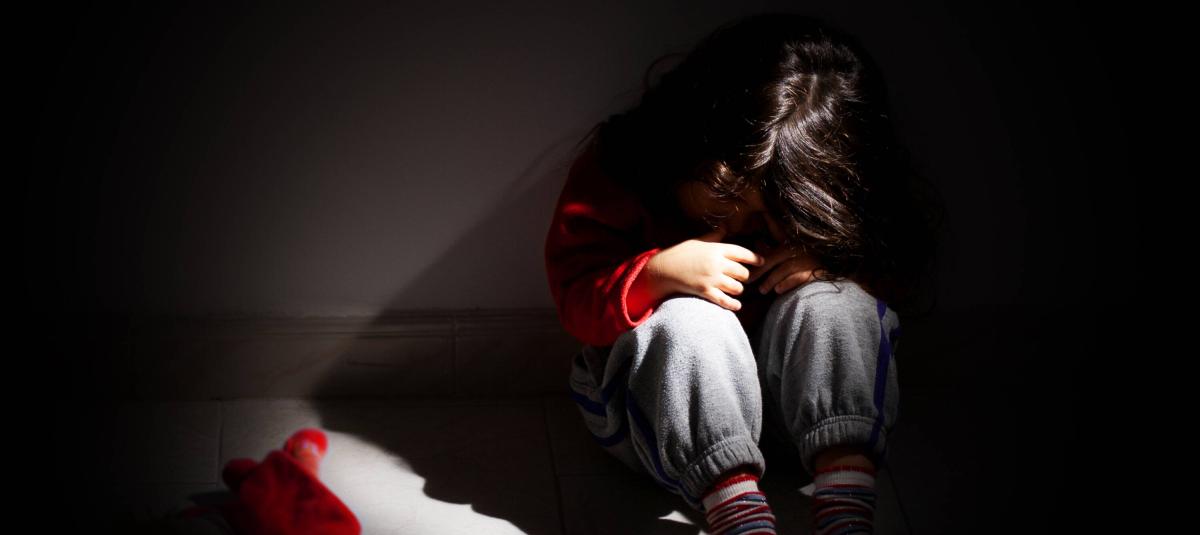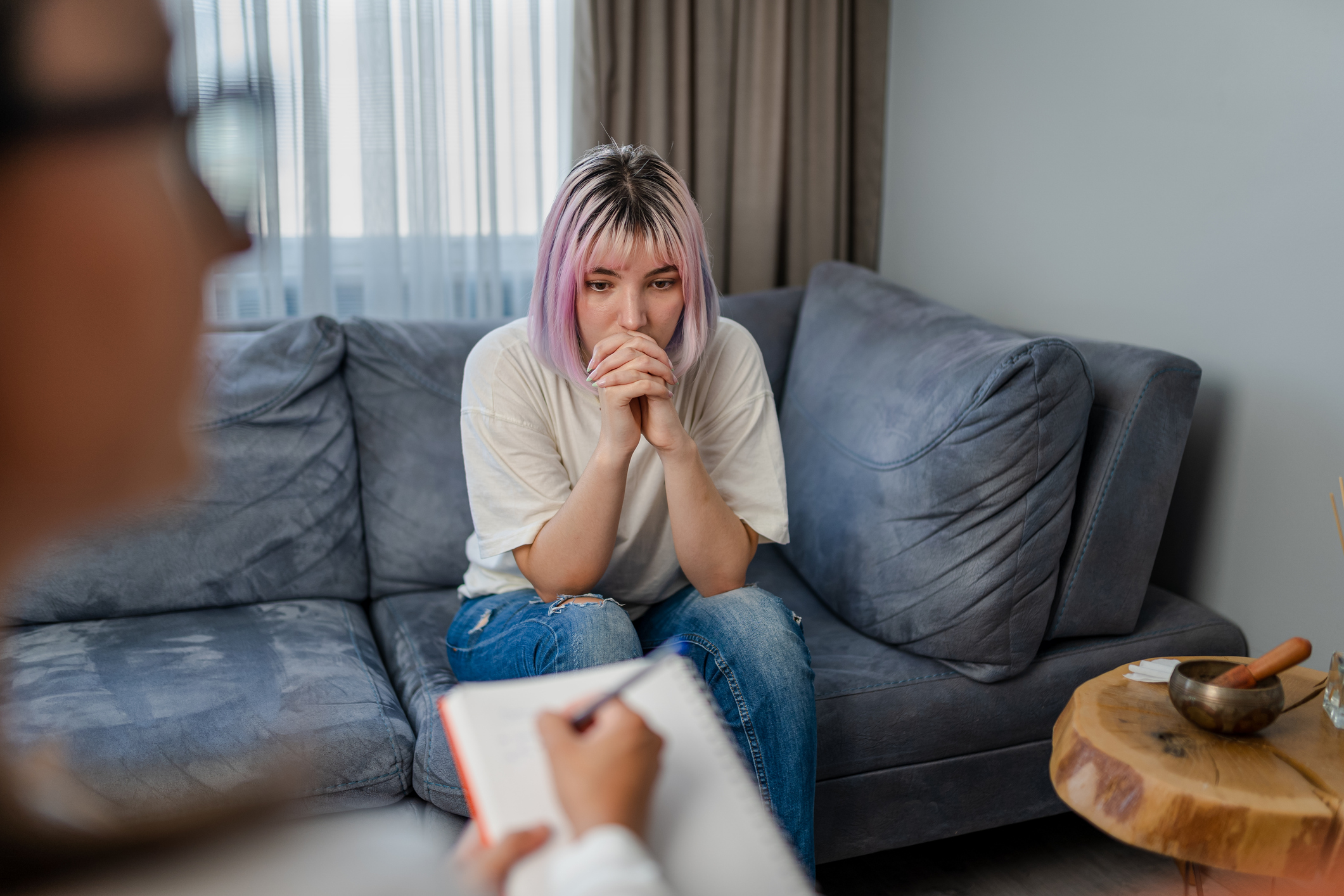How to know if you have social anxiety disorder: Mayo Clinic experts explain this growing condition

Having an important appointment or presentation at work can cause butterflies in your stomach. But in social anxiety disorder, also known as social phobia, everyday interactions cause the same feeling of being on the edge of the abyss: extreme insecurity, nervousness, and embarrassment, but it's caused by fear of scrutiny or the opinions of others.
In social anxiety disorder, these emotions lead to withdrawal that can disrupt your life. Severe stress can affect your relationships, daily routine, work, school, or other activities.
This can be a chronic mental health condition, but learning coping skills through psychotherapy and taking medication can help you gain confidence and improve your ability to interact with others.

The six worries children often have, according to two child therapists. Photo: iStock
Shyness or discomfort in certain situations are not necessarily signs of social anxiety disorder, especially in children. The level of comfort in social situations varies and depends on an individual's personality traits and life experiences. Some people are naturally reserved, while others are more outgoing.
As the Mayo Clinic explains, "Unlike everyday nervousness, social anxiety disorder includes fear, anxiety, and avoidance that interfere with daily routines, work, school, or other activities. Social anxiety disorder usually begins in early to mid-teens, although it can sometimes begin in younger children or adults."
Signs and symptoms of social anxiety disorder include persistent:
- Fear of situations where you might be judged
- Anxiety about feeling ashamed or humiliated
- Intense fear of interacting or talking to strangers
- Fear that others will notice that you are anxious
- Fear of having physical symptoms that may cause discomfort, such as blushing, sweating, trembling, or a trembling voice
- Stopping doing certain activities or talking to certain people for fear of feeling embarrassed
- Avoid situations where you may be the center of attention
- Having anxiety in the moments before facing a scary situation or activity
- Intense fear or anxiety during social situations
- After a social situation, analyze your performance and identify flaws in your interactions
- Expecting the worst possible consequences from a negative experience in a social situation
- In children, they may express anxiety when interacting with adults or peers through crying, tantrums, clinging to parents, or refusing to speak in social situations.

Anxiety. Photo: iStocl
Performance-type social anxiety disorder occurs when you experience intense fear and anxiety when speaking or performing in public, but not in other types of more general social situations.
On the other hand, physical symptoms can accompany social anxiety disorder and may include blushing, rapid heartbeat, tremors, sweating, stomach upset or nausea, shortness of breath, dizziness or lightheadedness, feeling like your mind has gone blank, muscle tension, avoiding common social situations—the common, everyday experiences that can be difficult to endure when you suffer from social anxiety disorder.
Some examples of what people with this diagnosis tend to avoid are:
- Interacting with unknown people or strangers
- Attend parties or social gatherings
- Go to work or school
- Start the conversation
- Make eye contact
- Dating
- Entering a room where others are already seated
- Returning items to a store
- Eating in front of others
- Using a public restroom
Symptoms of social anxiety disorder can change over time. They can become more severe, and your anxiety is likely to continue long-term if you don't receive treatment.
Talk to your doctor or mental health professional if you fear or avoid normal social situations because they cause discomfort, distress, or panic.
eltiempo

%3Aformat(jpg)%3Aquality(99)%3Awatermark(f.elconfidencial.com%2Ffile%2Fbae%2Feea%2Ffde%2Fbaeeeafde1b3229287b0c008f7602058.png%2C0%2C275%2C1)%2Ff.elconfidencial.com%2Foriginal%2F847%2F3f8%2F279%2F8473f8279ed16c6363a1656b88987b3e.jpg&w=3840&q=100)



%3Aformat(jpg)%3Aquality(99)%3Awatermark(f.elconfidencial.com%2Ffile%2Fbae%2Feea%2Ffde%2Fbaeeeafde1b3229287b0c008f7602058.png%2C0%2C275%2C1)%2Ff.elconfidencial.com%2Foriginal%2F9f3%2Fafb%2Fdae%2F9f3afbdae93501f253333ee3da42efed.jpg&w=3840&q=100)